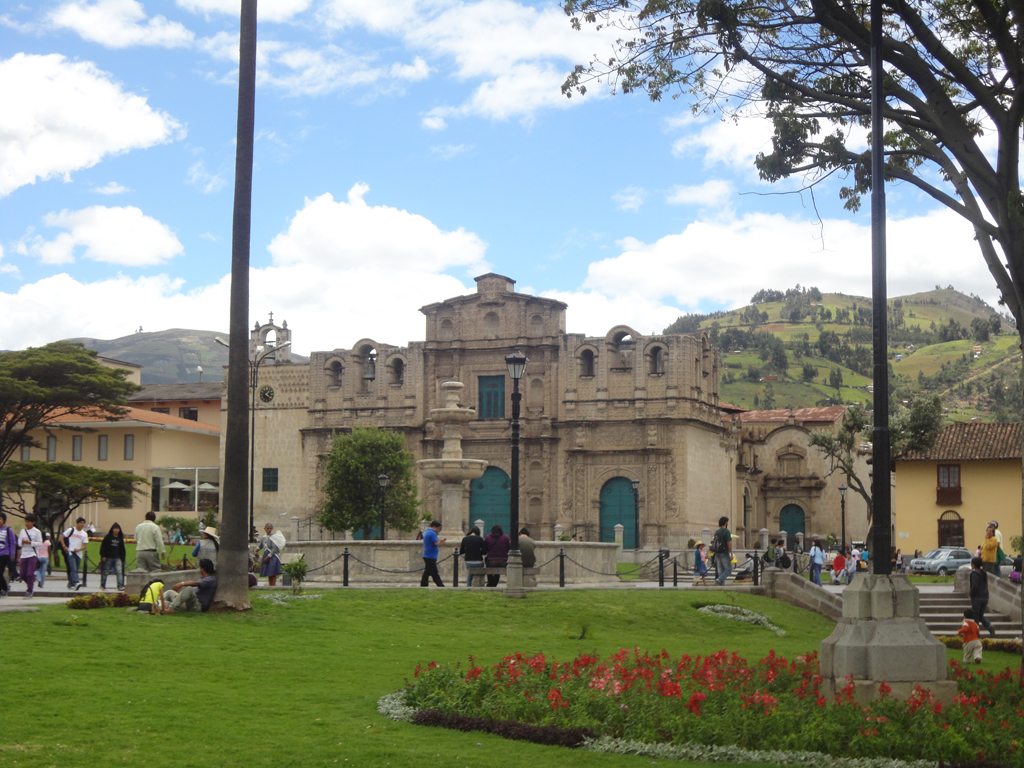
The first thing that strikes you on the taxi ride into the centre of town is the number of churches along the way. Not small churches, but in true Spanish colonial style of amazing masonry and architectural design. Of course the inside are the same as every other Catholic church on the planet, and the cynic might say it is also true for the outside, but it’s been some years since I viewed a 15th
century church and I was suitably impressed.
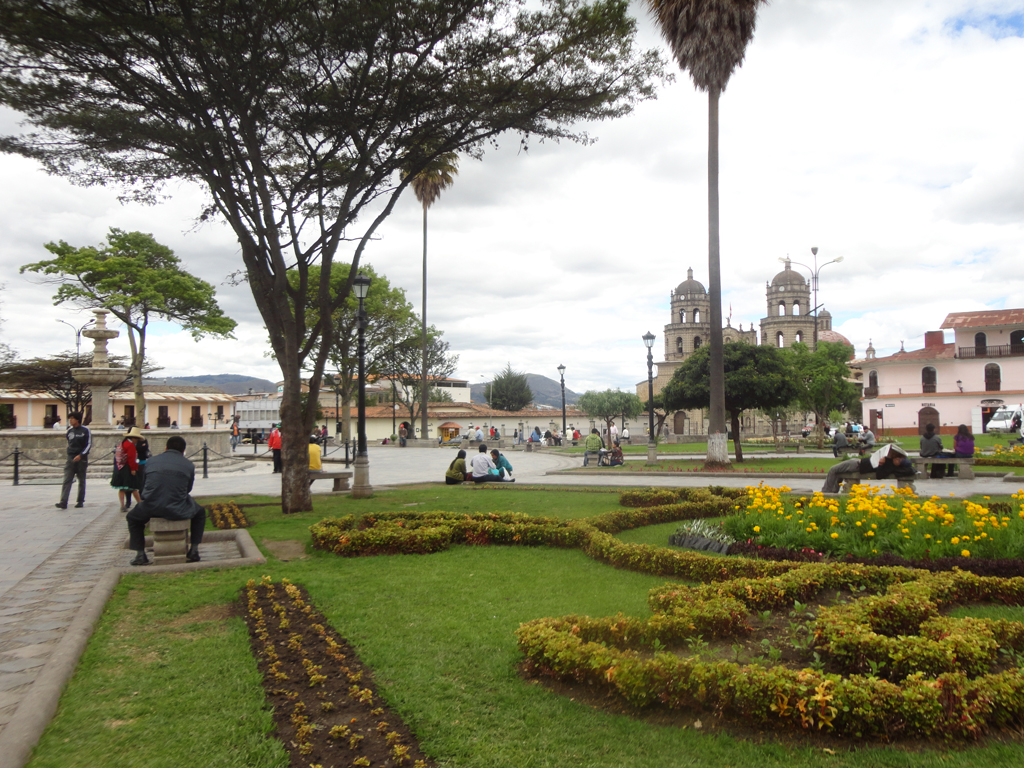
The main Plaza de Armas (just a note, every main plaza in a town is called Plaza de Armas) is a beautiful park that has immaculately kept gardens with council
employees patrolling the area blowing a whistle if anyone – in particular small children chasing after pigeons – gets too close to the flowery topiaries. At its
centre is a 17th century fountain commemorating Columbus’ landing in the Americas, and surrounding it throughout the grassy plaza are park benches occupied by locals sitting watching life go by, getting their shoes shined, or keeping an eye on their toddlers chasing pigeons towards the topiaries.
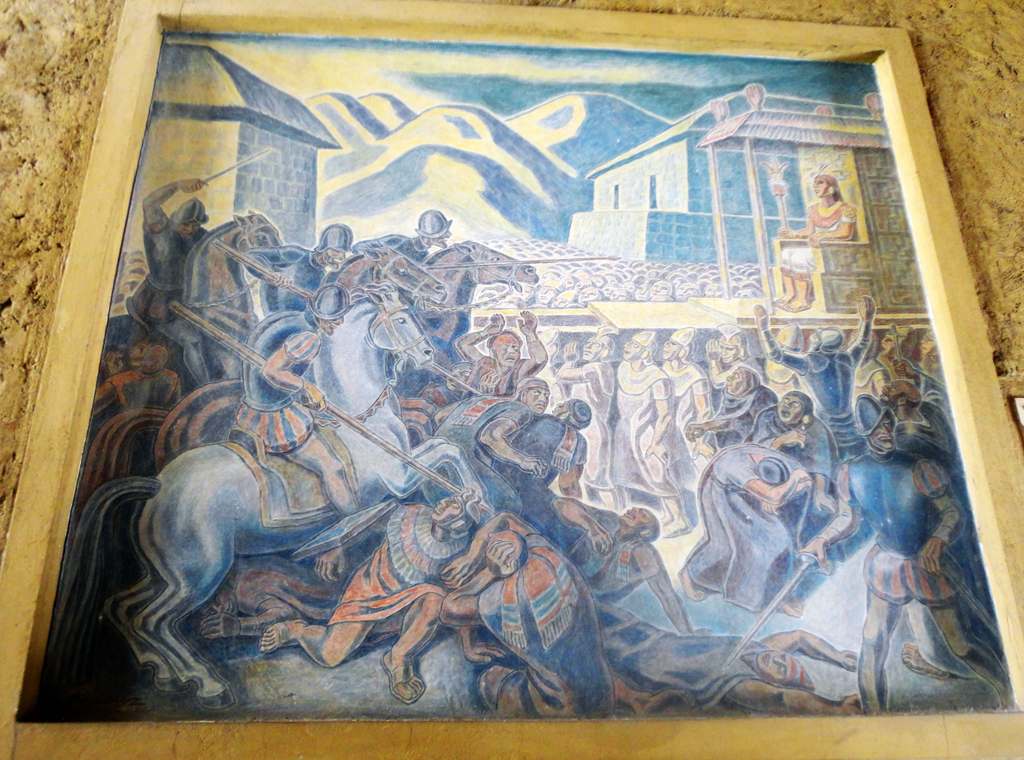
Cajamarca stands on the Inca city where the Inca Emperor, Atahualpa, came to rest in the nearby hot bathes after a victorious battle with his half brother, Huascar. The brothers were left to rule together over the empire after their father died (most probably of disease brought by the Spanish), with Atahualpa ruling the north and Huascar the south. Half brothers sharing the Inca Empire didn’t last long and civil war broke out, and meanwhile the Spanish plotted how to deal with these Inca.
It was here in Cajamarca that the Spanish came to meet Atahualpa, and a group of 6000 armed Inca accompanied Atahualpa to where the Plaza de Armas now stands. Naturally the Spanish weren’t here to talk, they only wanted to draw Atahualpa out to capture him. After Atahualpa was presented with a bible by the Spanish friar, which he angrily threw the ground, the friar gave the order to attack. After slaughtering thousands of Inca, Atahualpa was captured and imprisoned in the only Inca structure that remains left in Cajamarca, now called El Cuarto del Rescate – or Ransom Chamber.
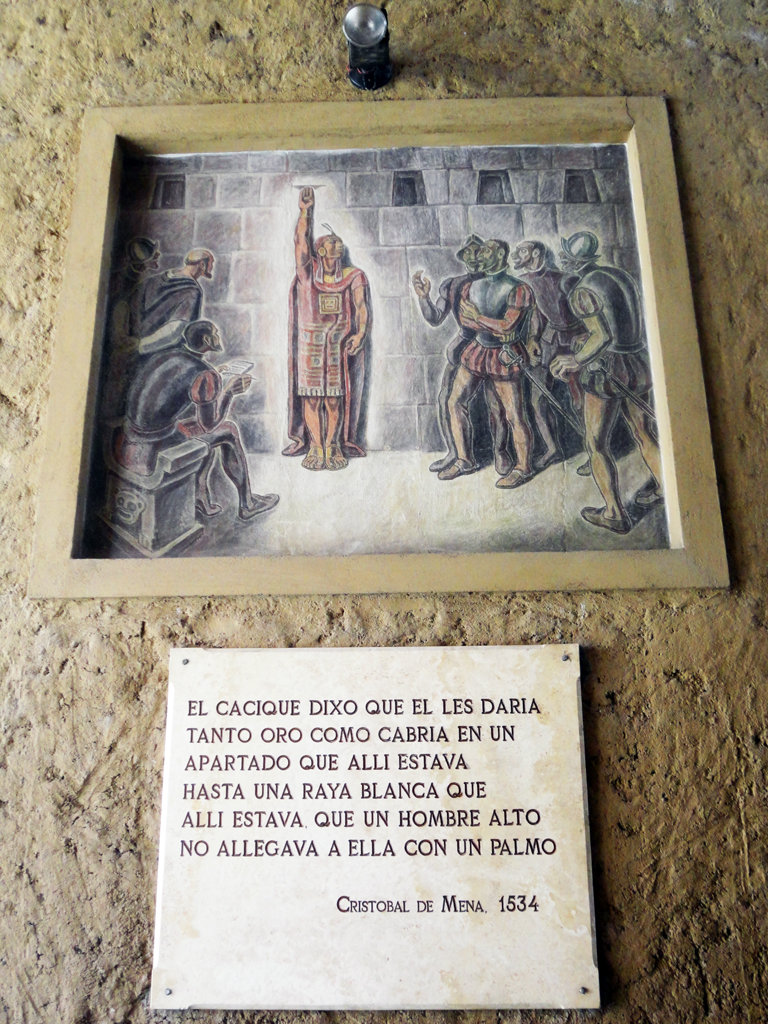
It’s called the Ransom Chamber because Atahualpa promised, for his release, the Spanish that he would fill a nearby room with gold and silver up to the height of his up stretched arm. After a year of melting down priceless Incan art and jewellery into ingots, the ransom was paid and the Spanish put to task to betray their words and burn Atahualpa at the stake rather than set him free. At the last moment Atahualpa accepted baptism, and was granted a more humane death – by strangulation.
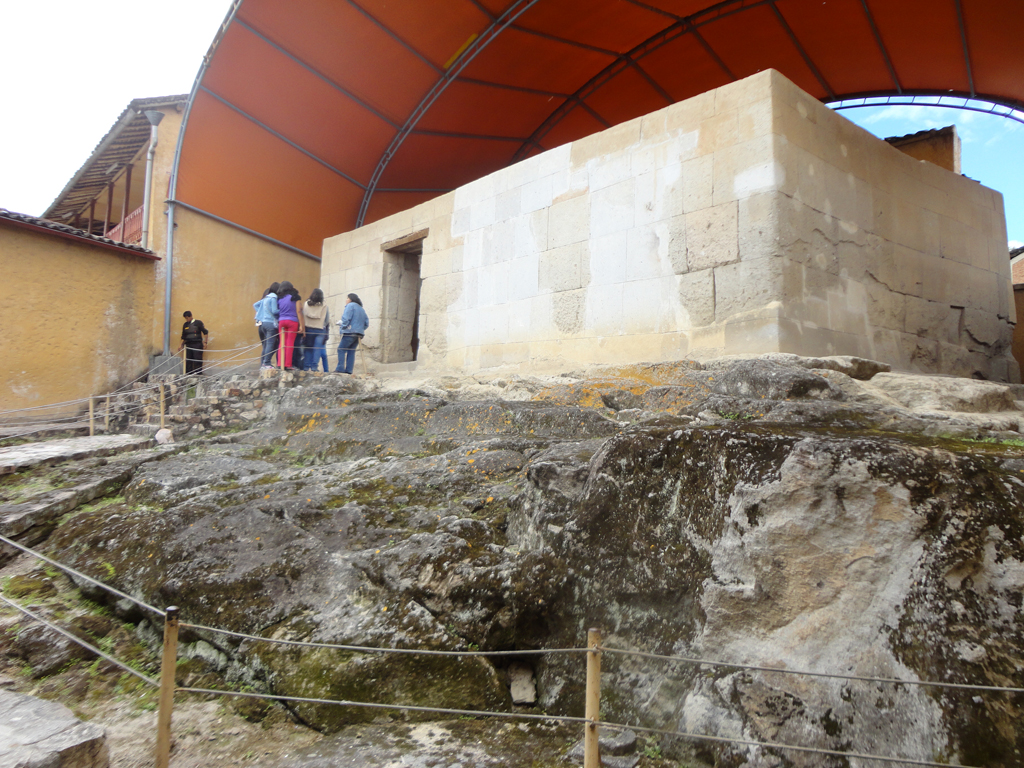
With Cajamarcas grim and bloody past, the city itself is filled with grassy plazas
and fairly cheerful people. Winding up a garden path is a lookout that has fantastic views of the city. The summit has carved stone that dates back to the
Inca period, where what looks like seat is thought to be where the emperor would sit and overlook his troops below.
There are two churches on the Plaza de Armas, the cathedral which I didn’t have the opportunity to see inside, and the Church of San Francisco which has a museum displaying how the priests lived back in the day and various religious items. I also descended into the catacombs where a handful of tombs are, and more interestingly rooms where shallow graves were dug out of the stone for the
recently dead. The smell must have been overwhelming, but thankfully no fresh dead bodies where there to greet me, instead a few leg bones were still in the
graves for display, including two skulls flanking the Christian cross in an alcove. Latin and Eastern European Christians are so much more fun and morbid than their western counterparts!
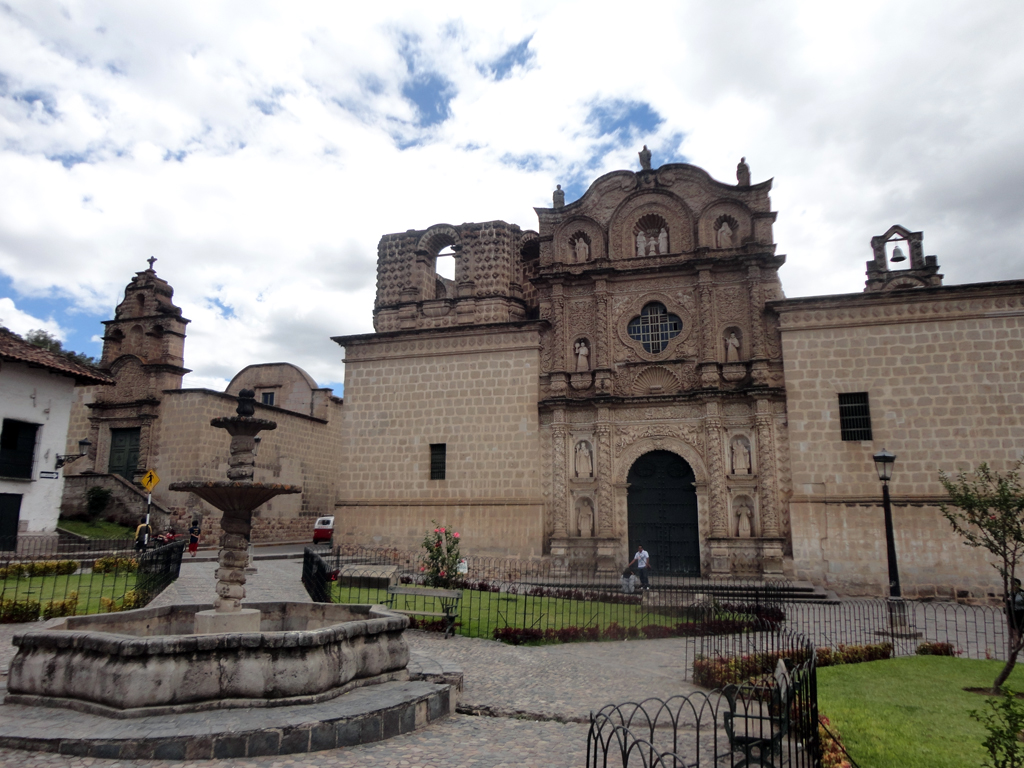
Apart from churches there’s also a small archaeological museum run by the university. Wandering in it actually felt like something you’d come across in a museum run by a university professor, like Indiana Jones for example. There was the musty smell, old wooden display cases, and a lovely old lady as the curator. The place is filled with an impressive display fine pottery and ceramics, and somewhat disturbingly a mummied baby that judging from the size must have died at birth. The lady running the museum spoke some English, so with my little Spanish we were able to talk about the museum, which she seemed quite proud of, and was happy when she asked if I liked it and I told her it was fantastic.
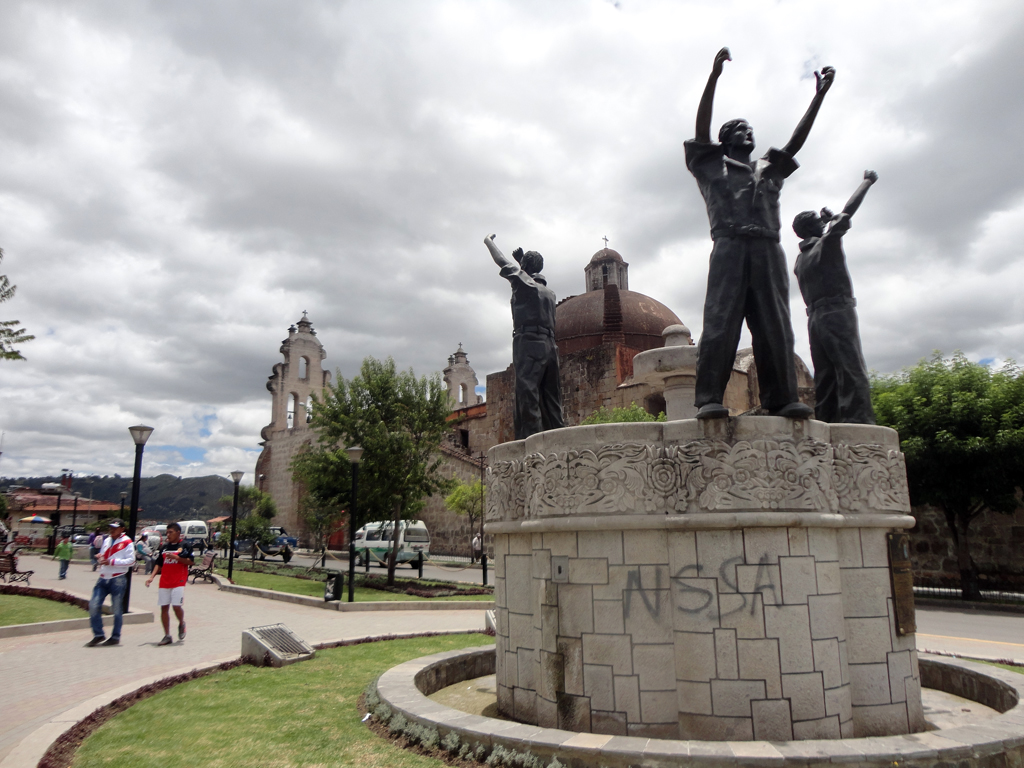
We both agreed it was sad that tourists only come to Peru to visit Cuzco and Machu Pacchu (in her own words, “When Europeans come to Peru, Cuzco, Cuzco, Cuzco is all they ask about), when northern Peru holds so much to see and do, and the area is literally littered with archaeological ruins from pre-Inca
civilisations such as the Chachapoyas and Moche. Considering just how few gringos I’ve seen in town, I got the feeling it was a bit of a treat for her to
have a foreign visitor, and looking at the guest book it was filled with entries from Peruvians for the past couple of months with the exception of two Frenchies.
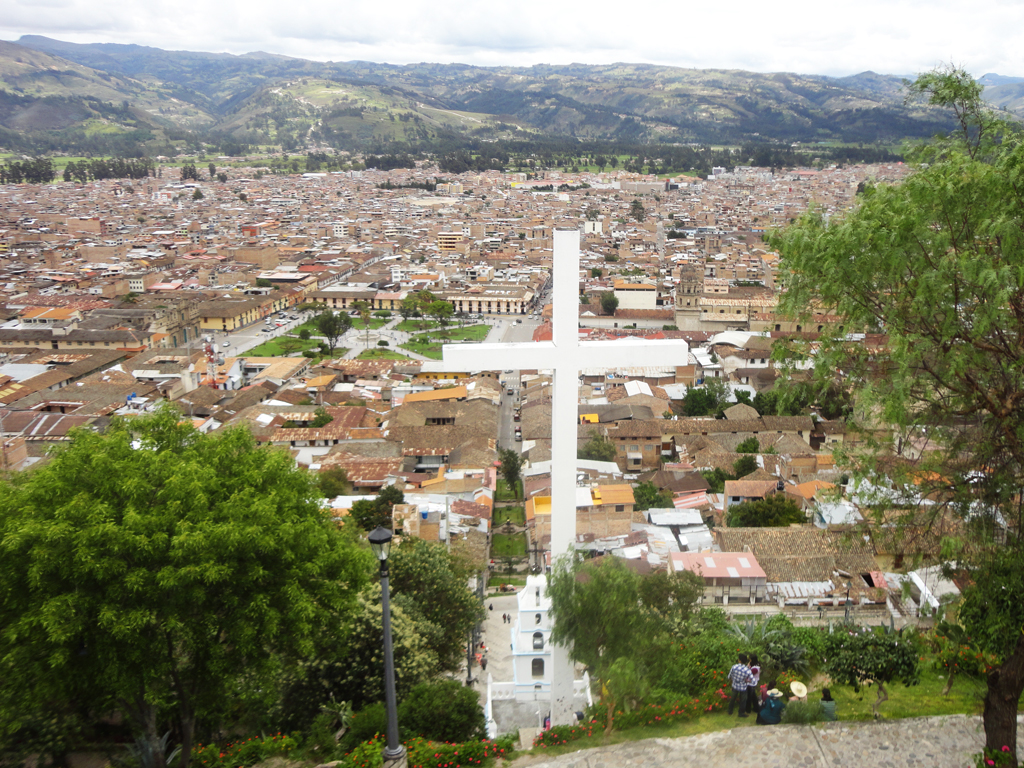
So far in my time in Peru, Cajamarca has had the most restaurants and diverse menus. Peruvians are pretty proud of their food, it’s the second thing a local asks me about when I visit, the first being what country am I from (yes yes, we have
kangaroos in Australia). One thing to know if you travel to Peru is menu here
is quite different from the menu in English. A menu in Peru is the set meal, the same as the almuerzo in Ecuador (which just means lunch in Spanish), so for a few dollars you get a soup, a main, dessert and a juice. It’s obviously fantastic value and also gives you the opportunity to order something you have no idea what it is to see what comes out on the plate. When you’re only paying a few dollars you don’t mind wasting it if it turns out horrible, and to be honest it’s all been great… except for one soup I had in Leymebamba, where the chunks of meat in it weren’t meat but something with a smooth texture and septic aftertaste. I think it was offal of some type, maybe liver or brain or worse, however it’s been the only meal I haven’t finished so far.
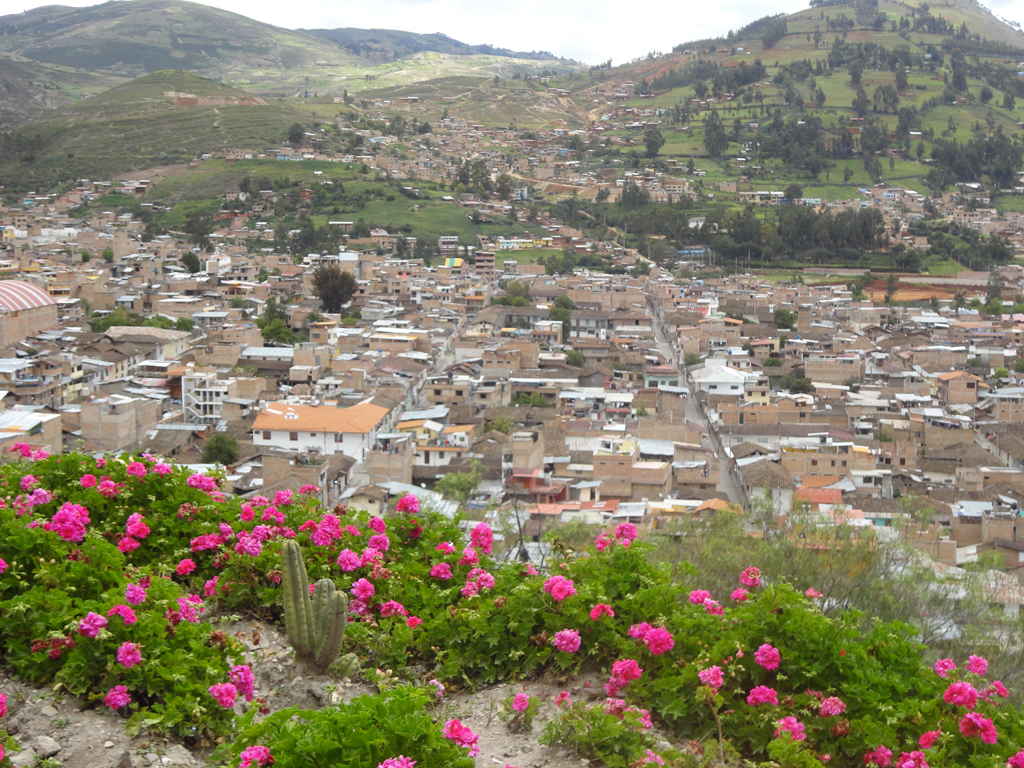
I’m sure many of you are surprised that I’ve become adventurous in my eating habits! After 4 months of travelling and reading menus that you can’t completely understand what exactly you’re ordering, you just have to suck it up and go for it. I think I’ve eaten more vegetable soups in Peru than I’ve had in my entire
lifetime! Plus they do things a little differently here, like add penne pasta to soup (which is awesome), or even a fried egg (which is awesome). I just recently tried Sopa a la Criolla, which I can only describe as what would happen if spaghetti bolognese was a soup – a milk based soup with a hint of tomato filled with noodles and pieces of minced meat. It was so good, but I’ll be interested to see how other places do it, as like every restaurant they all do dishes slightly different, and even each region does things their own special way (Chachapoyas has made the best Chupe de Pescado so far!).
Tomorrow I head out to Trujillo, which is back on the coast and to warmer climate that I can already feel here in Cajamarca as we decent from the Andes. It’s a 10:30am bus, which will probably leave at 11am, for an 8 hour journey. Since it’s
asphalt road (I think) the bus should be an executive and have a toilet; toilets on a more than 4 hour bus journey should be law!!
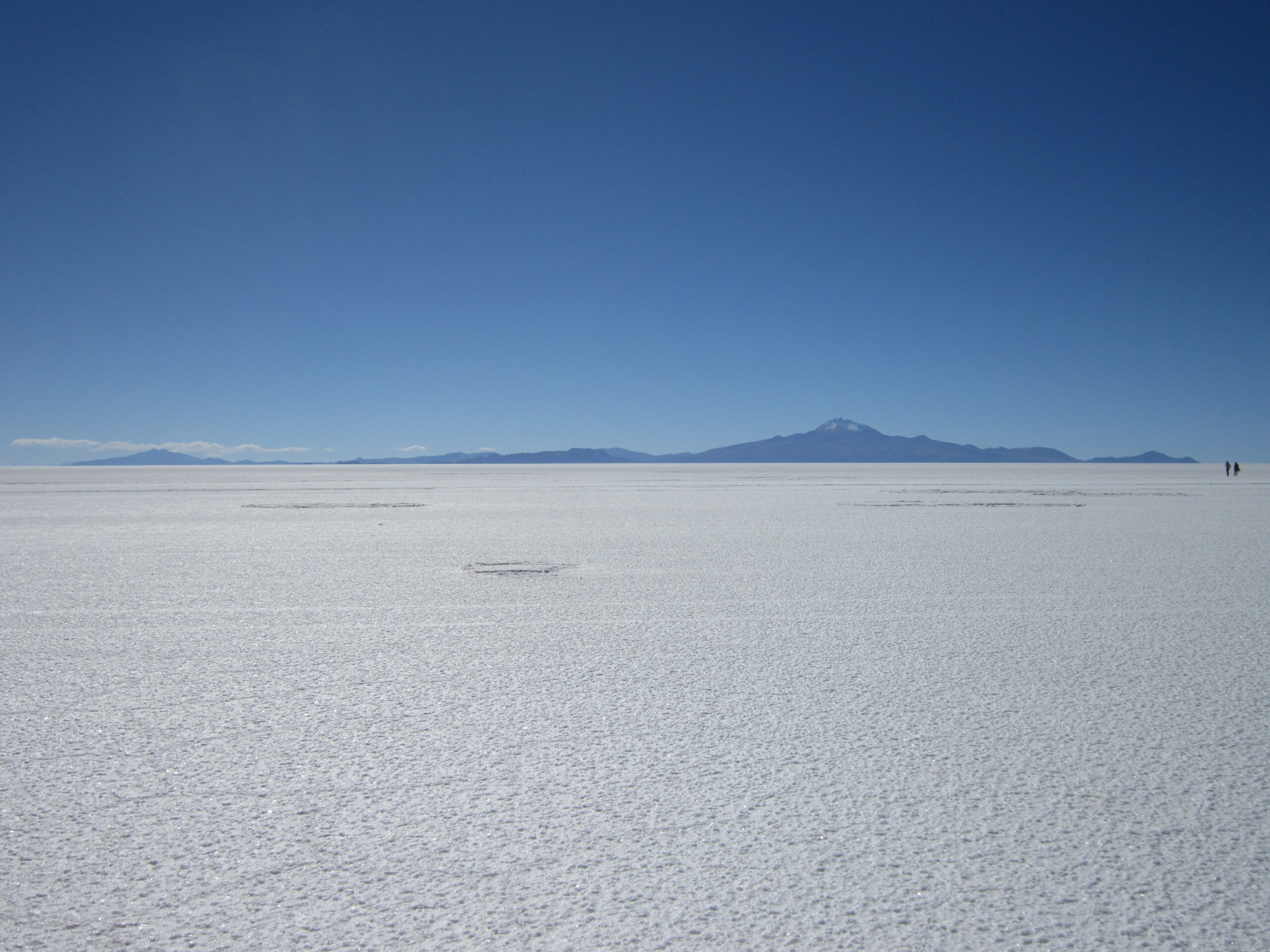

One response to “Cajamarca – Crossroad of the Northern Highlands”
Spag Bol soup eh? I'll have to give that a go!